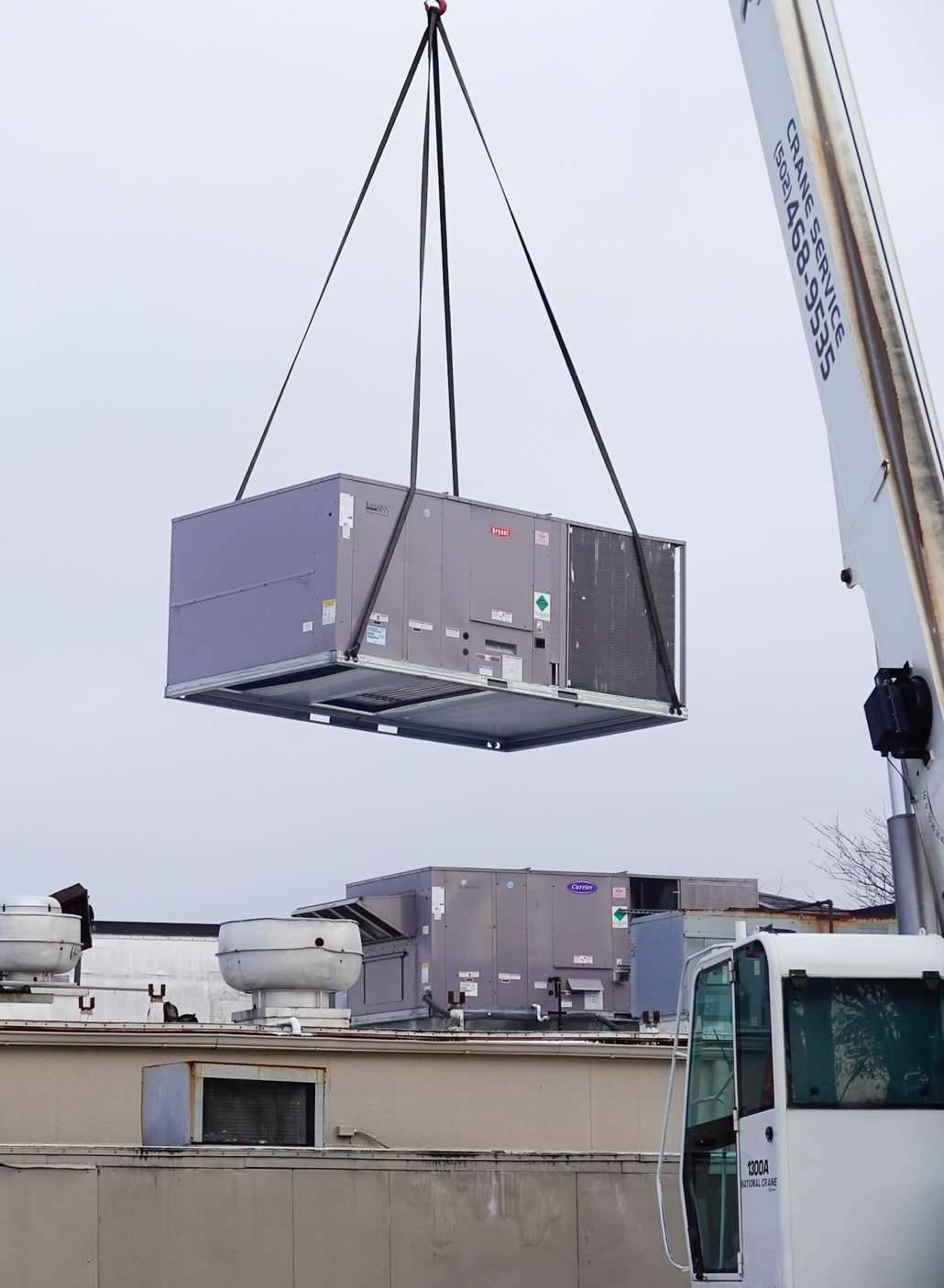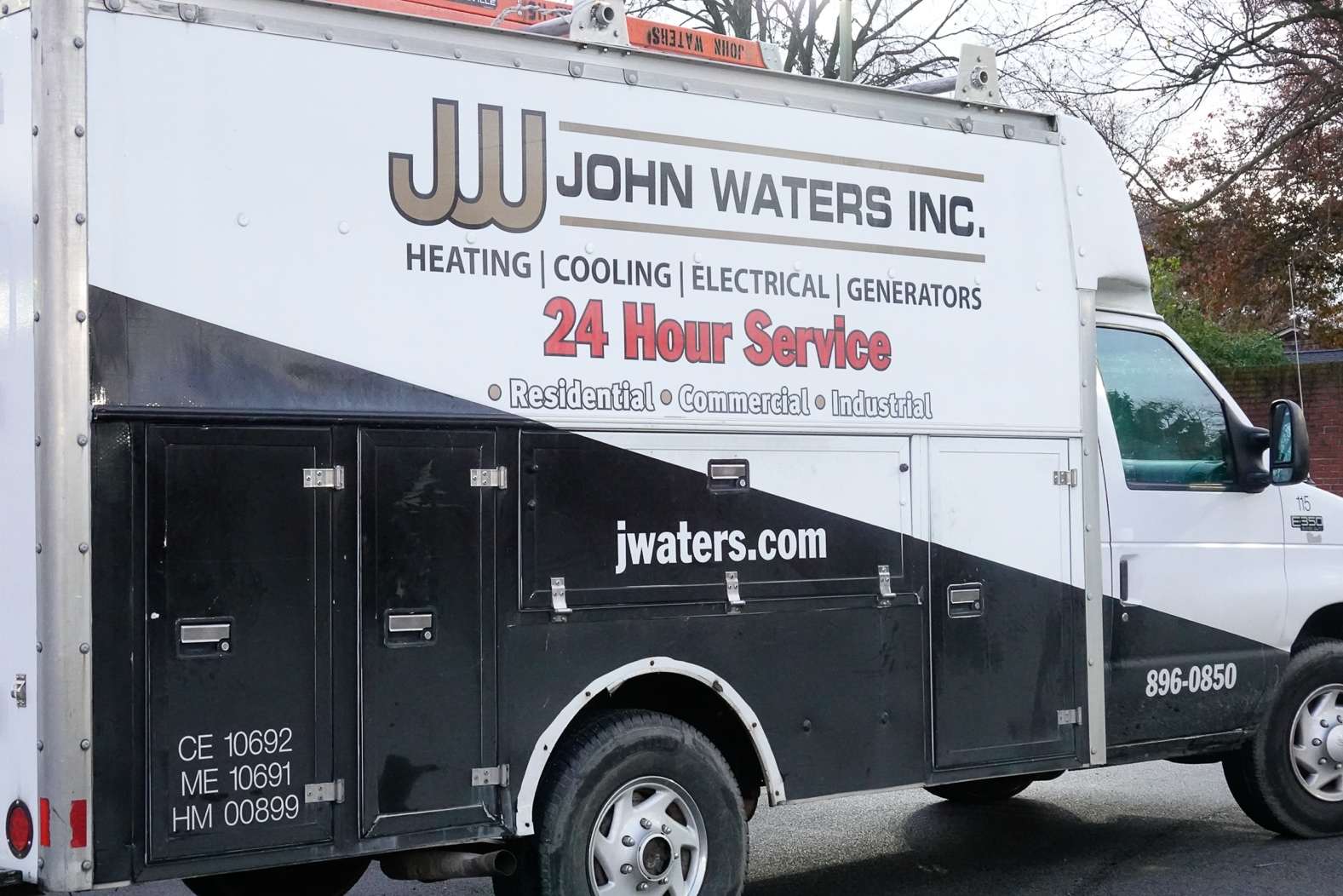Heating and Air System
Background & Challenges
A well-known restaurant in eastern Jefferson County was experiencing persistent heating and cooling issues. The existing rooftop HVAC units had become unreliable, leading to inconsistent temperatures that affected both the dining room and kitchen environments. Upon closer inspection, John Waters discovered that not only were the units near the end of their service life, but they had been improperly installed. Specifically, the curbs under the units were never leveled, causing significant water drainage problems and premature wear on critical components.
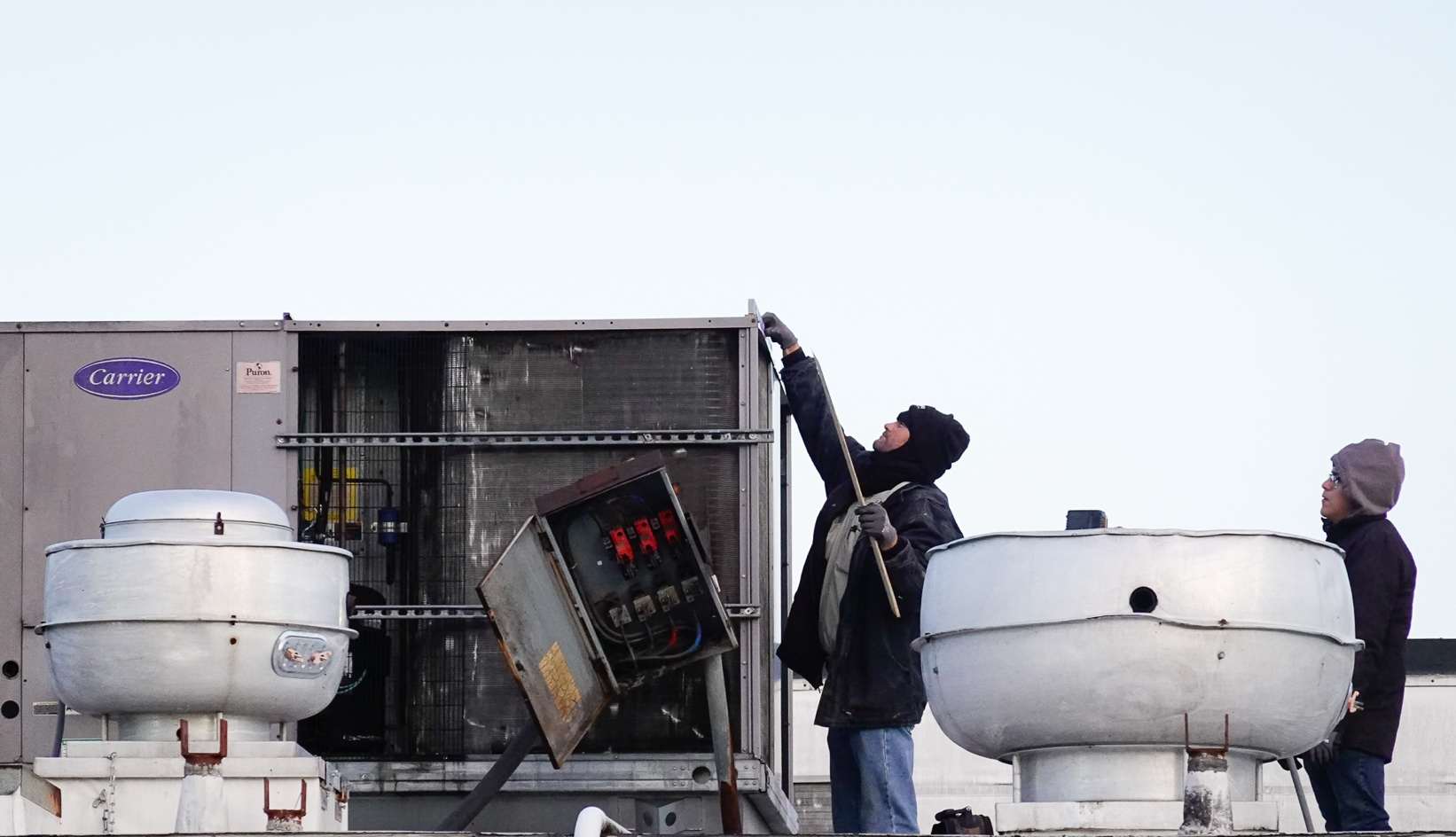
Primary Issues Identified
No Effective Heating or Cooling
The aging, failing equipment left the restaurant uncomfortable for staff and patrons.
Improperly Installed Units
The lack of correctly installed curbs caused water to pool instead of drain and oil to shift unevenly within the system. This led to faster deterioration and increased the risk of leaks into the kitchen below.
Inadequate Drain Placement
One older unit was retrofitted with an additional drain but still failed to properly evacuate water due to poor
leveling, leading to leaks that impacted the kitchen ceiling.
Solution
John Waters conducted a thorough inspection of the existing equipment and installation. Due to the condition of the aging of the equipment, John Waters proposed a full replacement of both rooftop units with new, highefficiency Bryant Legacy systems – one 10-ton and one 25-ton. The team’s priority was to correct the underlying installation flaws to protect the new equipment and ensure optimal performance over its lifespan.
Work Performed
Precision Curb Installation
Custom-made curbs were built to fit each new unit. The curbs were leveled and tested to ensure proper drainage.
Safe Removal & Disposal
Using a crane, the old units were removed, replaced and
recycled minimizing environmental impact
Seamless Installation
The new Bryant units were lifted into place by crane. All
mechanical and electrical connections were secured, and the
units were double-checked for proper leveling and structural
integrity.
Final Testing & Verification
Once installed, the systems were started and tested to
confirm that the heating, cooling, and drainage functions
were operating according to specifications.
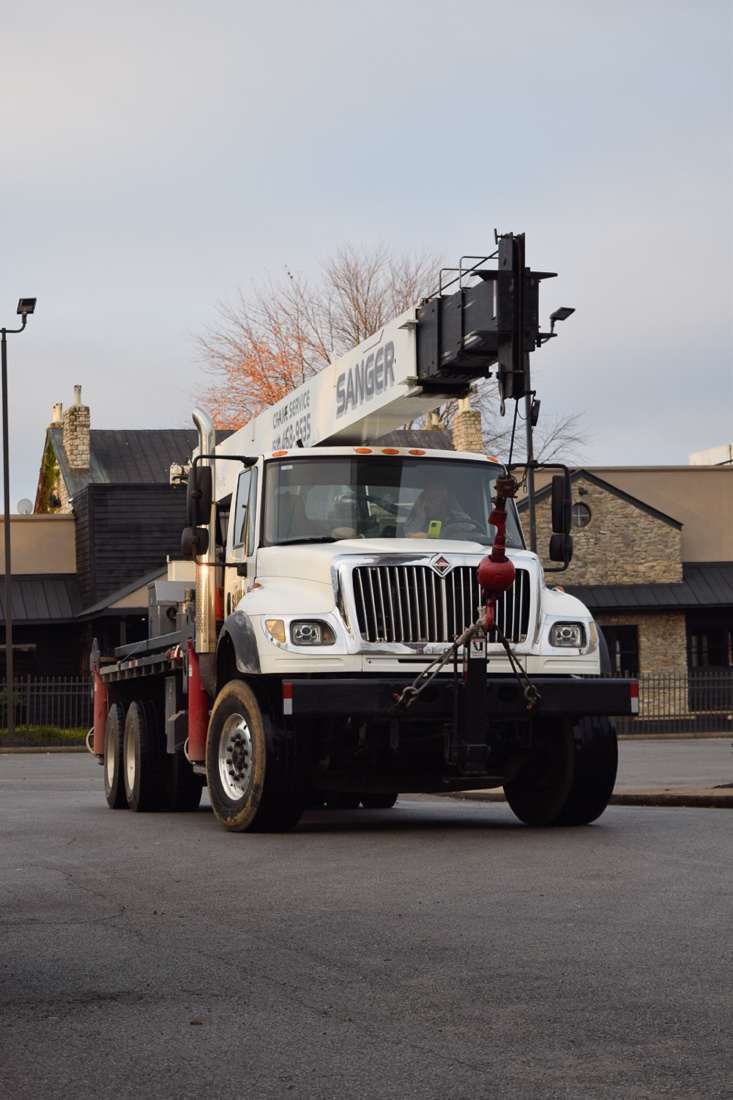

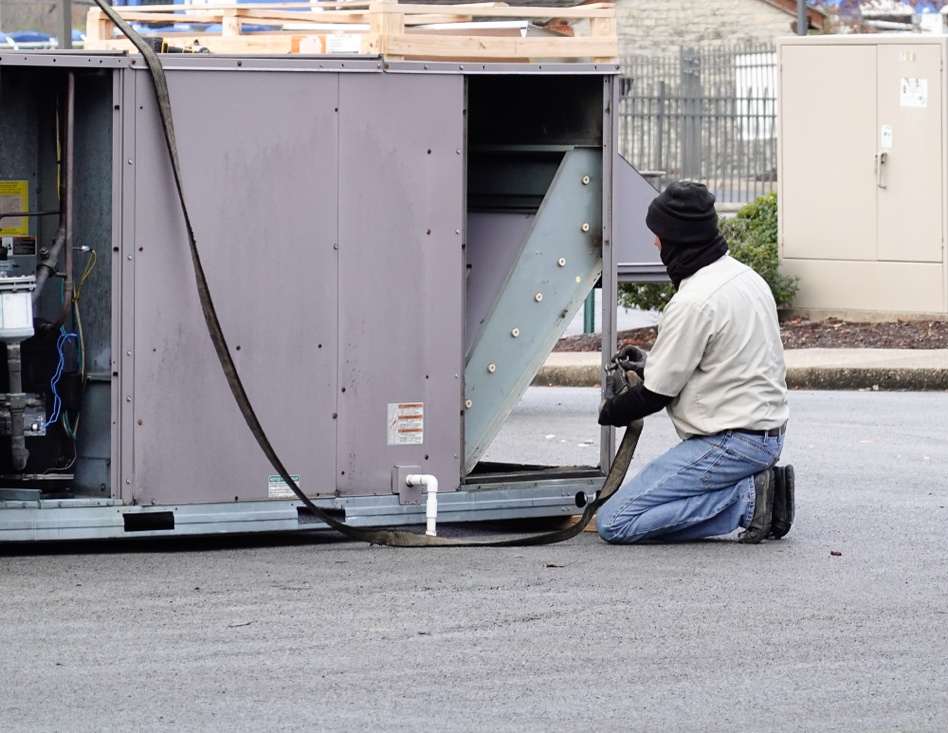
Results & Benefits
Restored Comfort
With the new, properly leveled
equipment, the restaurant now has consistent heating and cooling in the dining and kitchen areas.
Extended Equipment Lifespan
Correct installation practices protect the units from premature deterioration,
reducing the likelihood of frequent breakdowns and saving on long-term maintenance costs.
Improved Drainage
By addressing the root cause of previous water leaks—improper leveling—the
restaurant no longer experiences pooling
water or the risk of flooding in the kitchen.
Peace of Mind
The restaurant management can focus
on serving guests, knowing their HVAC
system is efficient, reliable, and installed
with an eye toward longevity and safety.
